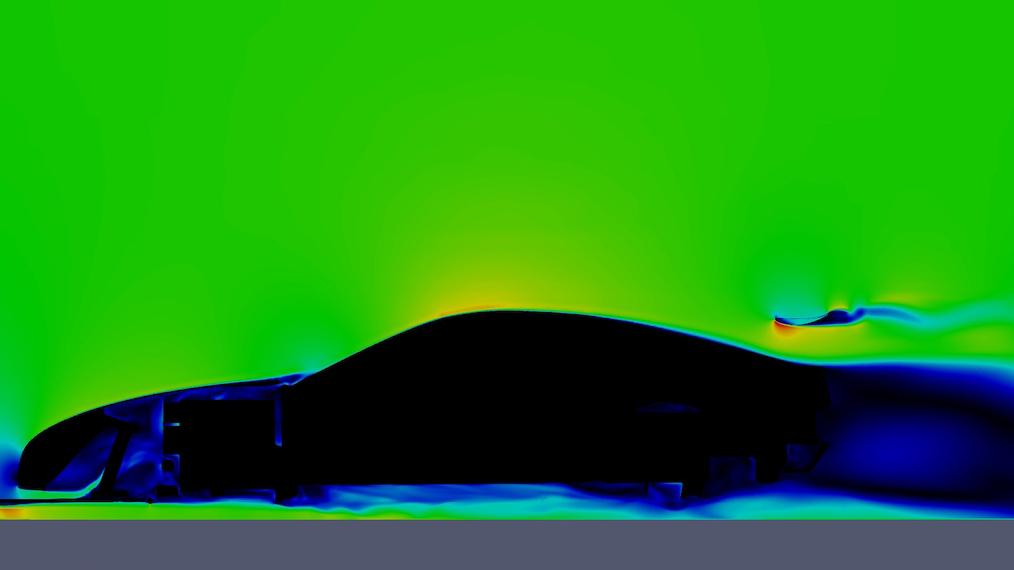When racers talk about aerodynamics, the conversation usually focuses on one thing—downforce—and it’s easy to see why. Wings, splitters, diffusers and all the other fancy aerodynamic devices meant for race cars have one broad goal, and that’s to increase downforce.
Downforce is great and all, but there’s another side of the coin, one you should think about whenever you’re wing shopping: …
What Is Lift?
What is aerodynamic lift? It’s the opposite of downforce, and the same thing that makes planes fly. The physics are fairly simple: Negative air pressure above your car sucks it into the air.
Flip lift upside down and it becomes downforce, where negative air pressure below your car sucks it onto the track. And while you may not have ever thought of lift, you’ve definitely experienced it.
Most drivers describe it as a light or floaty sensation at highway speeds and above. That feeling isn’t just a result of going fast; it’s caused by lift removing weight from your tires, limiting traction and making the steering feel light. That’s not good when you’re on track and still need to control your car’s momentum in the corners.
Why Do Most Cars Make Lift?
How could the world’s car manufacturers let this evil force creep into their products? Again, it’s simple physics, and the best way to illustrate it, Johnny says, is to think of an airplane wing.
Airplane wings work by having a curved (convex) top side to speed up airflow. As that air speeds up, it creates a low-pressure area above the wing. The underside of the wing is usually flat or concave, which slows down the air relative to the air above the wing. This creates a higher-pressure area. That difference in pressure between the air on top and below the wing results in a force that “lifts” the wing.
Most car makers are more concerned with factors like wind noise and drag than aerodynamic lift. For more road-going cars, the smoothest route for air to travel is usually over the top, resulting in a vehicle that has low drag but also some lift. That lift isn’t an issue at typical street speeds, but it can be extremely disconcerting at track speeds.
How much lift do normal cars make? Every model is different, but Johnny shared a few data points from Nine Lives’…
Click Here to Read the Full Original Article at Grassroots Motorsports Online Articles…

